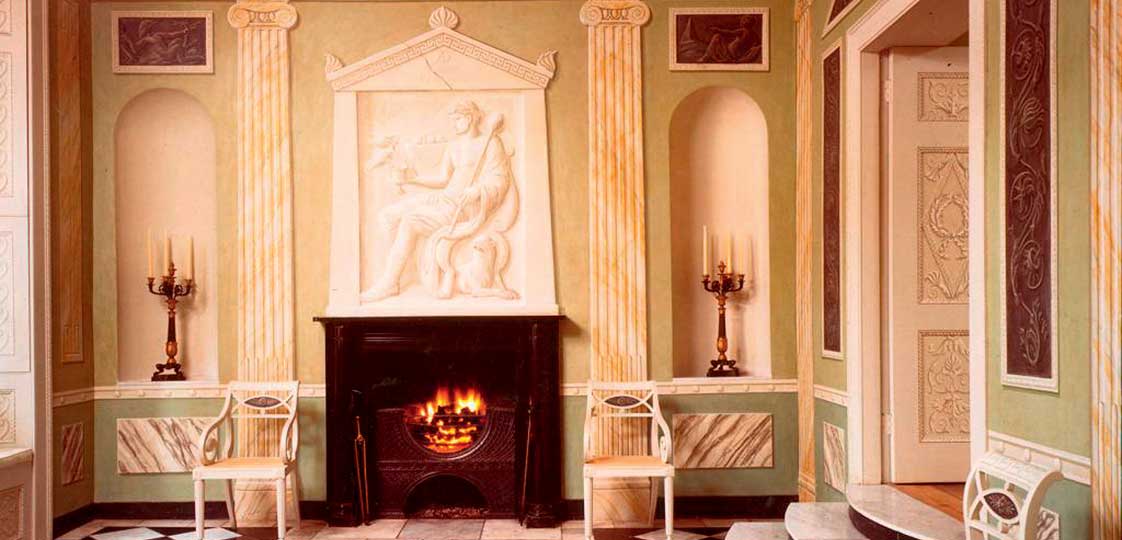Refined luxury craftsmanship is a European specialty.

True representatives of an identity and culture, master artisans leave behind a footprint of an age for generations to come. Japan’s Living National Treasures, UNESCO’s Intangible Heritage of Humanity and France’s Entreprise du Patrimoine Vivant (or Living Heritage Companies) and the Meilleurs Ouvriers de France award are all among an increasing number of diplomas, prizes, government and business initiatives that promote high craftsmanship.
A cradle of art and promoter of beauty, for millennia Europe has boasted expert hands that have carved, sculpted, cut, assembled, engraved, woven, gilded, welded, painted and polished, to create and restore a heritage without equal that is admired the world over. The noble gestures that create rare objects acquire even greater worth when admired by young apprentices, who will repeat them in their turn and so render the craft of Europe’s high-end artisans eternal.
That is the ideal scenario of course. In actual fact, fewer and fewer young people choose to follow in their artisan ancestors’ footsteps for differing reasons: the kind of life it involves, the ruthless competition posed by mass production, price wars and an increasingly disposable culture detrimental to quality, beauty and durability.
To this must be added the difficulty for craftspeople to make a name for themselves and see their wares exported in the face of intrusive industrial equivalents just a mouse click away. They have no access to the marketing and communication tools that make commercial brands successful; nor do they have the logistical means to meet demand. All this has forced (and is forcing) thousands of small workshops to close.
A glimmer of hope comes from growing consumer awareness of niche, made-tomeasure custom products. A case in point: the success of initiatives that promote luxury crafts, such as Paris’ Salon du Patrimoine and the Artigianato & Palazzo trade fair in Florence.
To tackle the marketing problem, the “Madineurope” website was launched in 2013, to offer international shoppers an opportunity to view and purchase refined European excellence online. More than 800 artisans from France, Belgium, the UK and Italy are already registered on the site.
It offers, for instance, examples of mural art: a traditional craft in which Europe has excelled through the ages. Using oils or acrylics, master painters offer a range of subjects and techniques with varying degrees of modernity, from trompe-l’oeil to decorative painting.
Among the numerous talented painters on the site, the Englishman Alan Dodd paints chinoiseries, Baroque, Neo- Gothic or Neo-classical backdrops as well as Pompeian ceilings and decor generally inspired by his love of antiquity.
Dodd has customers all over the world. His hardest years coincided with the advent of minimalism, when interior designers tended to disregard mural painting. Woodwork is also well represented in Europe, from restoration to custom made wooden furniture and wood sculptures. Using the Liège technique, Flemish artist Patrick Damiaens sculpts chests of drawers, wardrobes, chairs and panels for a demanding clientele. His daily challenge is to make each piece unique and imbue it with history. He has, for instance, restored the pews of a Flemish Gothic church which were then dismantled and re-assembled in Japan, where they decorate a wedding chapel intended to attract young Japanese couples wishing to marry in an original ‘European’ context. Damiaens also carves fruit, leaves and musical instruments inspired by 18th century models, using prized woods and all the mastery of the craftsmen of old. His carvings are world-famous and are often compared to wooden lace. Damiaens, like many artisans, also holds classes for those wishing to learn the craft.
The Pagliai family, of Florence, has passed down three generations of metal engraving techniques. In addition to being an engraver, Paolo Pagliai also restores objects in silver and other metals. “My workshop specialises in reproducing old tableware that is no longer in production using the fireresistant earth casting method.”
Pagliai uses the same tools as his father did: files, bow saws, emery papers, burnishers, burins and differently shaped hammers, as well as his ‘ferri’ (irons), purpose-made for him by smiths, adapted to the shape of certain objects and used to remove any dents.
In addition to their loyal clientele in Florence, the Pagliai family sells to many new customers from all over the world and of all ages. The family has also crafted unique pieces that have a history all their own: “We’ve reproduced silver initials topped by a crown to be mounted on an antique wardrobe that belonged to Pauline Bonaparte Borghese.”
It is impossible to say how many artisans of this calibre are left in Europe today because there’s no single listing. At times, they may be confused with generic craftsmen, or fall instead into the artist category. In France, there are 38,000 companies registered with the country’s extremely efficient National Institute of Arts and Crafts, which all told account for approximately 100,000 jobs and revenues of around €8 billion.
With a little imagination, and optimism, we can work out how much this sector is worth in the 28 countries of the European Union…but for how much longer?
True representatives of an identity and culture, master artisans leave behind a footprint of an age for generations to come. Japan’s Living National Treasures, UNESCO’s Intangible Heritage of Humanity and France’s Entreprise du Patrimoine Vivant (or Living Heritage Companies) and the Meilleurs Ouvriers de France award are all among an increasing number of diplomas, prizes, government and business initiatives that promote high craftsmanship.





